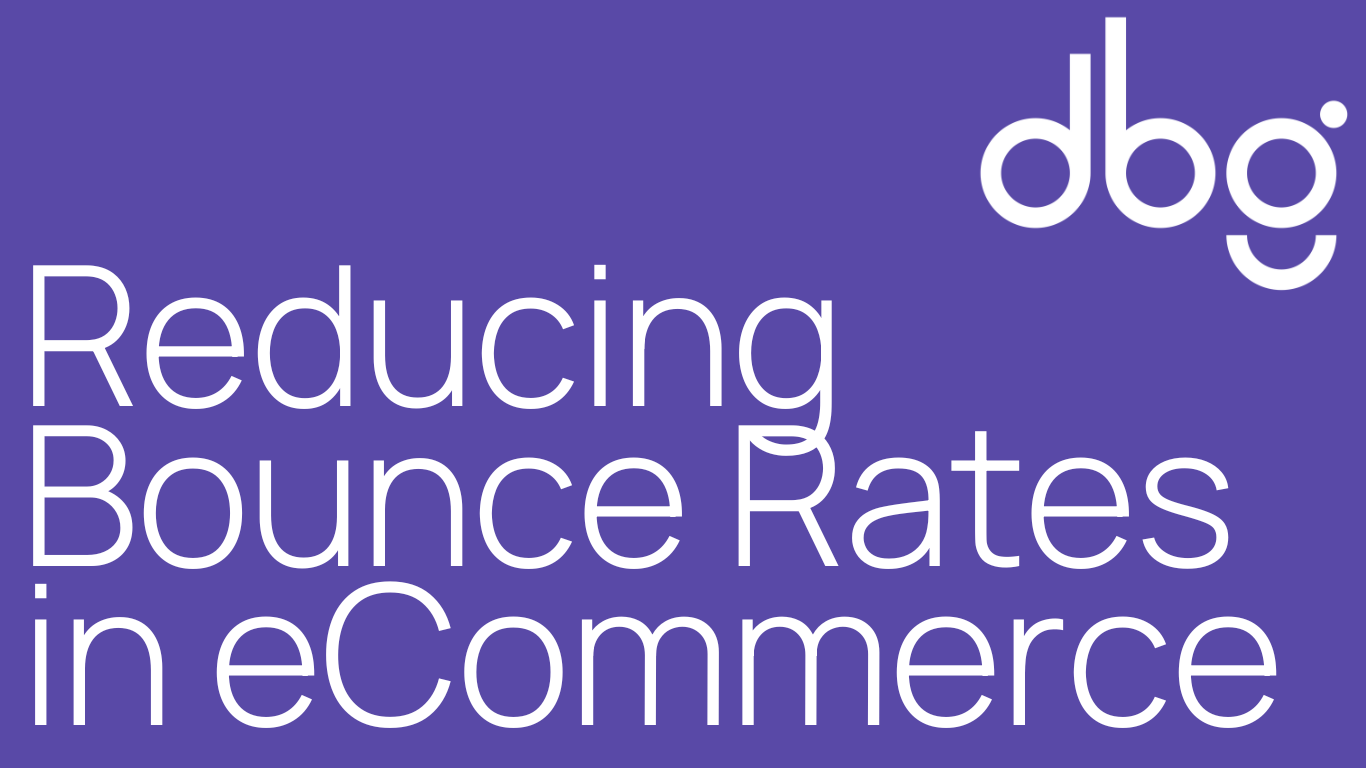 Bounce rates are a critical metric that refers to the percentage of visitors who land on a webpage and leave without interacting further or navigating to another page within the site. High bounce rates can be a warning sign that something is amiss—whether it’s the design, content, load time, or even the relevance of the page itself to what the visitor expected to find. A high bounce rate often means missed opportunities for sales, customer engagement, and ultimately, revenue.
Bounce rates are a critical metric that refers to the percentage of visitors who land on a webpage and leave without interacting further or navigating to another page within the site. High bounce rates can be a warning sign that something is amiss—whether it’s the design, content, load time, or even the relevance of the page itself to what the visitor expected to find. A high bounce rate often means missed opportunities for sales, customer engagement, and ultimately, revenue.
Reducing bounce rates is essential because it directly correlates with the user experience. When visitors find what they are looking for quickly and easily, they are more likely to stay, explore, and convert into paying customers. Conversely, if a site is difficult to navigate, slow to load, or fails to meet the visitor’s needs, they will leave, and the opportunity to make a sale is lost.
Optimising your site for a lower bounce rate is crucial – it not only helps in retaining potential customers but also improves the site’s overall search engine ranking. Search engines like Google consider bounce rates when determining the relevance and quality of a site, meaning that a lower bounce rate could lead to better visibility and more organic traffic.
Understanding the reasons behind a high bounce rate allows eCommerce companies to make informed decisions about where improvements are needed. Whether it’s enhancing the visual appeal of the landing pages, improving content quality, or ensuring that the site is mobile-friendly, addressing these factors can lead to a more engaging and satisfying user experience.
